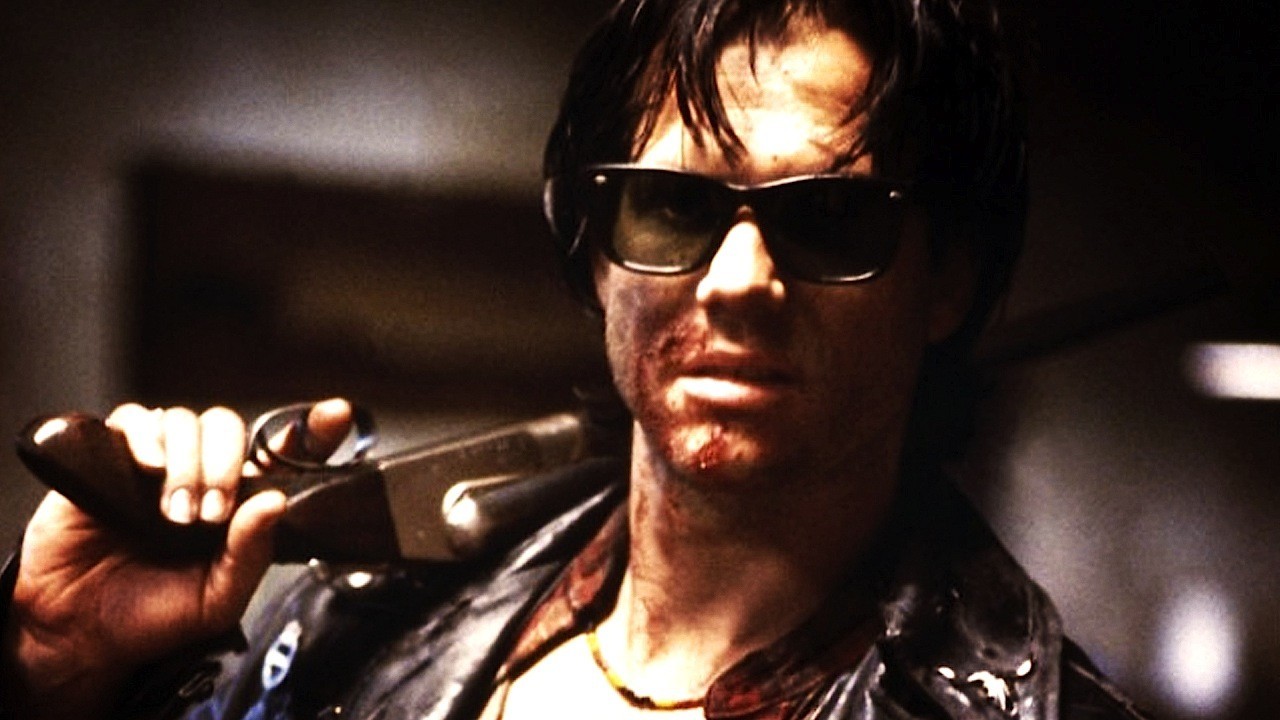
Vampires. Specifically vampire movies. Whatever you think of this particular subgenre, there is certainly no shortage. Ever since Nosferatu (1922), there have been to date almost 200 screen incarnations of Bram Stoker’s Dracula alone, never mind all the other blood-suckers that have graced the silver screen.
No matter how many times our heroes (and by extension we the viewers) kill these creatures, they always find a way to come back. The idea of the undying monster sucking our blood in such an intimate, sensual manner is a resilient one, but also extremely malleable as a metaphor. It can represent lust (The Fearless Vampire Killers), addiction (erm… The Addiction), homosexuality (Interview with the Vampire) as well as anything else the viewer takes from the experience themselves.
Two problems arise from such familiarity however. The first is that the more we see a monster, the less it scares us. Fear stems from the unknown and it’s reached a point where we all know what a vampire is and what to expect, hence such ferocious declarations as, “VAMPIRES DON’T SPARKLE!!” (Sorry, Twilight, but it’s true dammit!)
Second is that most of these films aren’t very good. Of course movies are a subjective experience, but for every genre classic (Horror of Dracula) or cinematic masterpiece (Let the Right One In), there are dozens of hilarious duds (Queen of the Damned, Vampire in Brooklyn, Van Helsing, The Legend of the 7 Golden Vampires, Dracula 2000, Blade: Trinity, Blacula… the list itself seems eternal).
The following ten films, for various reasons, don’t fall into either end of this spectrum. This is due to their own imperfections, or simply a lack of public awareness. They are all, however, definitely worth a look.
1. Cronos (1993)
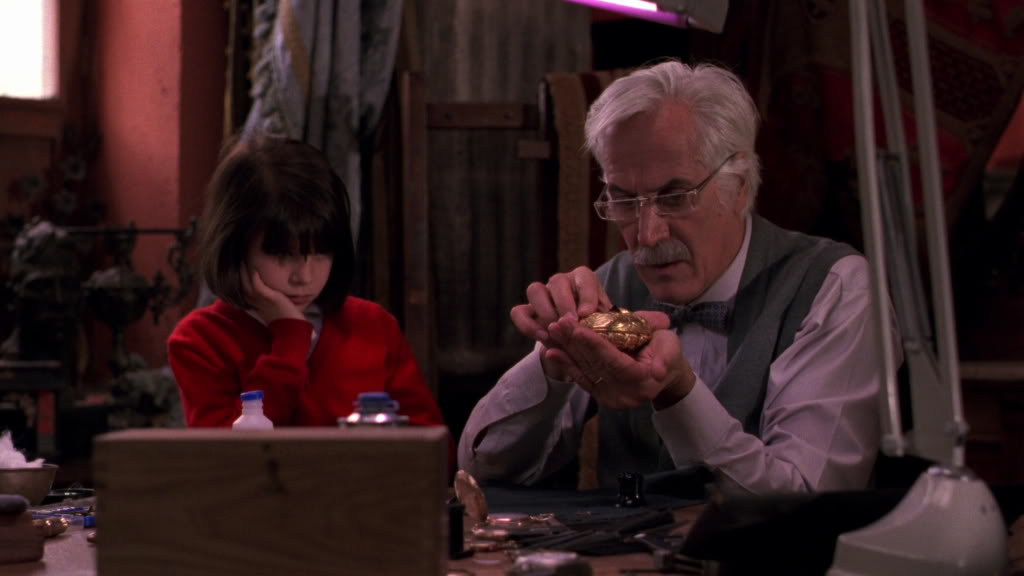
Our first film is also its writer-director’s first feature. Guillermo del Toro had made several shorts before he finally shot his debut tale of vampirism in his homeland of Mexico.
An elderly antiques dealer (Federico Luppi) and his young granddaughter (Tamara Shanath) discover a golden clockwork device that, when wound up, latches itself into the palm of his hand and begins to suck his blood, feeding a parasitic insect within the mechanism. The effects are rejuvenating, though they come with some rather unpleasant side effects, including a thirst for human blood.
The positioning of the vampire in the role of sympathetic protagonist rather than antagonist is nothing new, but by making him a kindly grandfather who falls under the curse of immortality by pure accident shines a fresh light on a familiar tale. Del Toro at one point was lined up to write and direct his own adaptation of Frankenstein, and one can see the similarities between Shelley’s enduring story (particularly the classic film version with Boris Karloff) and Cronos.
Both movies focus on creatures that society would deem to be monsters yet are accepted by small children. Del Toro has always had sympathy for monsters, even in his more mainstream Hollywood projects such as Hellboy and Blade II. He’s stated that he believes he makes only one movie again and again. “[Hellboy and Pan’s Labyrinth are] part of the same movie. You make one movie.”
There are his usual visual motifs within Cronos, such as insects, clockwork, and practical special effects. Though small in scale compared to his later output, this movie contains some fantastic sequences and elegant camerawork that creates a real fairy tale atmosphere.
Why it’s not better known is perhaps due to it being a non-English language film. It was years later del Toro became an international name in cinema. Nearly a quarter of a century on – nothing in vampire terms – Cronos still stands strong.
2. Rabid (1977)
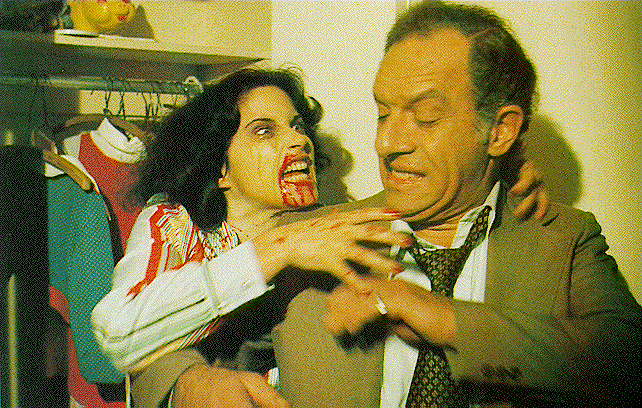
David Cronenberg’s second feature film is, like Cronos, a take on the accidental vampire. It’s also, like del Toro, full of its writer-director’s trademark themes and characteristics: infection, physical transformation, the essence of being stemming from one’s own body.
Rose (Marilyn Chambers) is badly burned in a motorbike crash and rushed to the nearest hospital, which happens to be the Keloid Clinic for Plastic Surgery. She undergoes a radical new skin grafting procedure that has never been tried before. She fully recovers, but also develops a small orifice in her left armpit that sprouts a phallic organ. This shoots out and pierces anyone she embraces, draining them of blood, which is handy given this is all that Rose can ingest to sustain herself.
Cronenberg himself admitted that during production there was a moment when he lost faith in the concept and shared his fears with the producers, who reassured him that the story held together just fine. Confidence restored, Cronenberg finished the film, which went on to be a modest box office hit.
Originally wanting to cast Sissy Spacek, the director was told that both her freckles and Texan accent were a concern and that instead he might want to audition Chambers, at the time looking to move into “legitimate” roles having become a huge star in mainstream porn movies such as Behind the Green Door. Soon afterwards, Spacek became a big name herself off the back of Carrie, a poster of which is visible as Rose walks past a cinema in Montreal.
The casting of Chambers, however, adds an extra dimension to the film. Rabid came out during the Golden Age of Porn, when movies like Deep Throat and The Devil in Miss Jones were commercial hits. By having Rose going round sucking blood from any stranger she encounters, we have what can be viewed as an inversion of the stock porno character, the sexually insatiable woman with an overwhelming urge for penetration.
Though it might have benefitted from a bigger budget, and some of the editing feels a touch sloppy, Rabid is a vampire film that entertains through its outrageous premise and a plot that unfolds in a terrifyingly logical way. Cronenberg, as ever, offers the audience some brains, along with the requisite blood and guts.
3. Vampyr (1932)
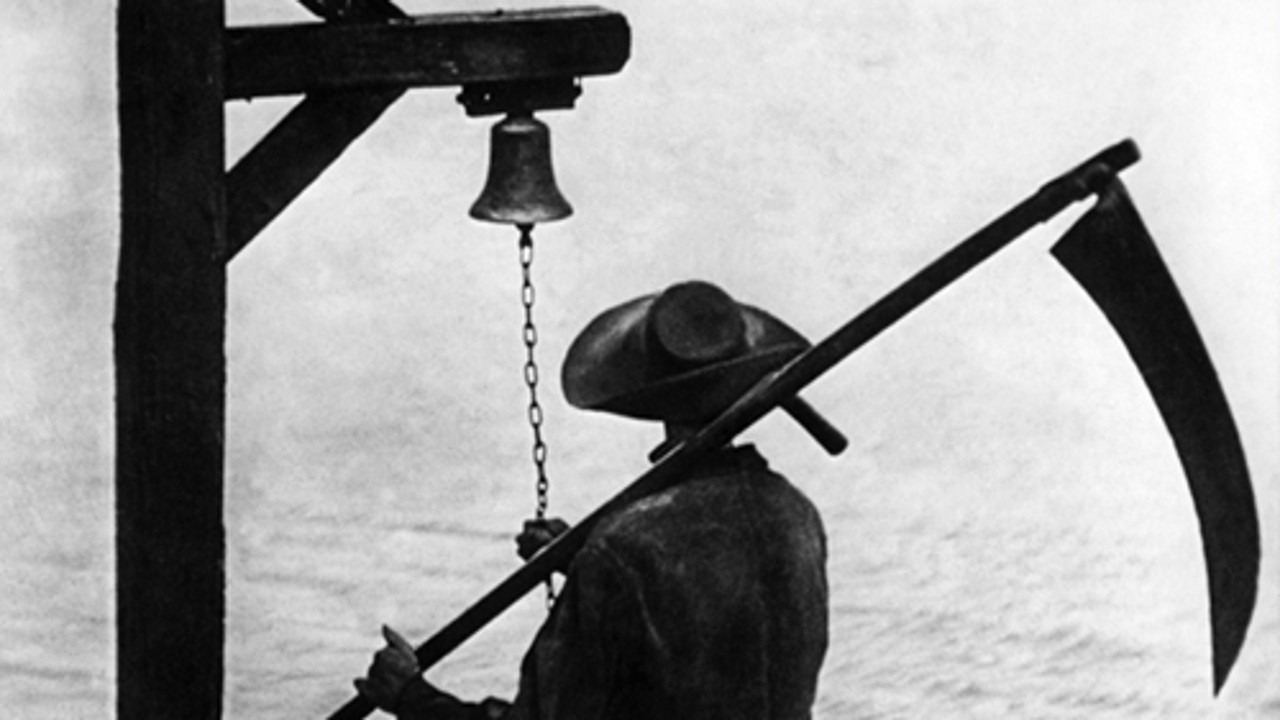
It’s not uncommon for directors to start out making horror pictures before going on to more “serious” projects. The Coen brothers (Blood Simple), Sam Raimi (The Evil Dead), James Cameron (Piranha Part Two: The Spawning), and many others showed off their talents by scaring audiences before being promoted to the big time.
Carl Theodor Dreyer, on the other hand, was already well established with classics such as The Passion of Joan of Arc, before he decided to try his hand at making Vampyr.
The story essentially revolves around Allan Gray (Nicolas de Gunzburg) spending the night in an inn where he falls asleep and is then awakened by an old man entering the room and leaving a package with the words, “To be opened upon my death,” written on it. What follows is very much a subjective experience as the line between reality and unreality begins to blur for Gray.
Full of haunting images – ghostly shadows dancing in a barn, a journey shot from the point of view of a body in a coffin, the killing of a vampire with an iron rod – Dreyer said that he, “wanted to make a film different from all other films…to break new ground for the cinema.” It’s easy to look at Vampyr and come away feeling that the film hasn’t much to say; a film that exists for its own sake. By taking something supernatural, it gives Dreyer the chance to play around with narrative and all the visual tricks of cinema without being hampered by the conventions of a more regular or realistic narrative.
That doesn’t necessarily make it a vacuous piece. Plenty of films are successful simply by accomplishing the formidable feat of creating a unique mood. Dreyer is seen as one of the greatest directors of his time and Vampyr has had a big influence on filmmakers who followed.
If you’ve already seen or heard of Vampyr, then you’ll know it’s a classic and perhaps wonder why it’s on this list in the first place. But think how many people you know who’ve actually seen this film. When cinema was first invented it seemed to offer a form of immortality. Over a century later, there are plenty of brilliant movies that are forgotten and lost, seeking fresh audiences to make them live again. Maybe vampires and cinema have something in common.
4. Thirst (2009)
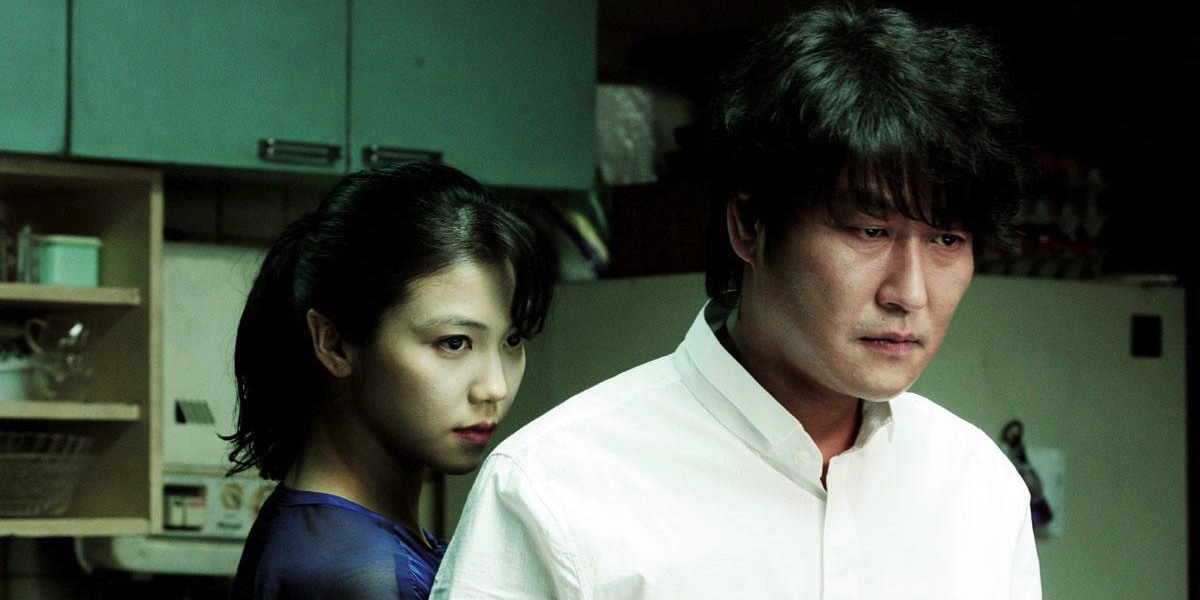
Through familiarity comes the necessity for originality. If we know from the start what sort of horrors to expect when we know the monster is a vampire, then perhaps something fresh can be gleaned from the details? One example is Park Chan-wook’s Thirst, which is rich in both details of its own design and gorgeous imagery.
Here we have the story of Sang-hyun (Song Kang-ho), a Catholic priest who finds himself developing a blood lust after participating in an experiment for a new vaccine. His remarkable recovery at first has people believing him to be a gifted healer and they flock to him. It turns out instead that only blood can keep him healthy and he resorts to stealing it from a hospital blood transfusion unit.
From there the story becomes an adaptation of Emile Zola’s novel Thérèse Raquin, when Sang-hyun meets his sickly friend Kang-woo (Shin Ha-kyun) and his wife Tae-ju (Kim Ok-bin), with whom he begins an affair leading to murder. Themes of animalistic urges and guilt are explored in a beautifully shot film that takes horror into the realms of art house but without shying away from the terrors and degradation of vampirism.
Thirst gives us not just the relationship between the vampire and their prey, but goes on to look at two vampires that fall into a love-hate romance that threatens to destroy them both. The strength of the film, like several other entries on this list, is built upon the vampires being treated as complex beings. They have motivations for their actions beyond the rather simple idea of a human-like beast out for as much blood as they can find.
Despite being a success upon its release, Thirst has perhaps suffered from being in the shadows of its director’s greater accomplishments (Oldboy, Stoker). Then again, where else would you expect to find the vampires standing?
5. Martin (1978)
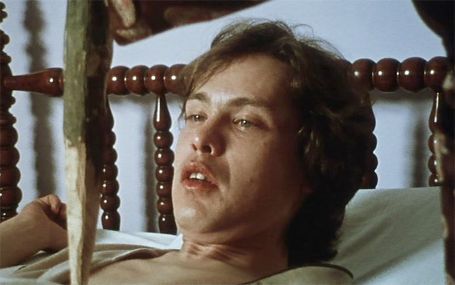
Best known for reinventing zombies, George A. Romero decided to take a stab at vampires with this melancholic story of loneliness in modern day Pittsburgh.
Martin (John Amplas) is a shy boy who is, or at least believes he is a vampire. Instead of fangs, he injects people with a drug to render them unconscious before slashing them open with a razor blade and drinking their blood. His own uncle (Lincoln Maazel), whom Martin comes to live with at the start of the film, is convinced his nephew is a vampire and constantly tries to keep him at bay from himself and his daughter Christina (Christine Forrest) by hanging crucifixes and garlic around the house, though they appear to have no effect.
With monochrome flashbacks of his previous experiences as a vampire (whether real or imagined is unclear), it’s hard quite what to make of Martin as a person and as a film. Is he a vampire or a deluded teenager? Romero’s objective tone means we are somewhat removed from events, horrific as they are, and so must decide for ourselves how sympathetic we are to Martin’s plight.
Whatever your conclusions, all the characters suffer through a lack of connection with one another. This is shown in several ways, such as when Martin, who rapes his female victims, begins a consensually sexual affair with a lonely housewife, and starts to lose his bloodthirsty cravings.
An original cut of the film came in at 165 minutes, before it was trimmed down to a more commercial 95. Even then, the film can at times drag and might have benefitted from a director with a stronger feel for shot composition. Romero’s better zombie films are more about the content than any great ability for camera direction. But despite this, the film is something different and worth spending the time to get to know. A bit like Martin himself.